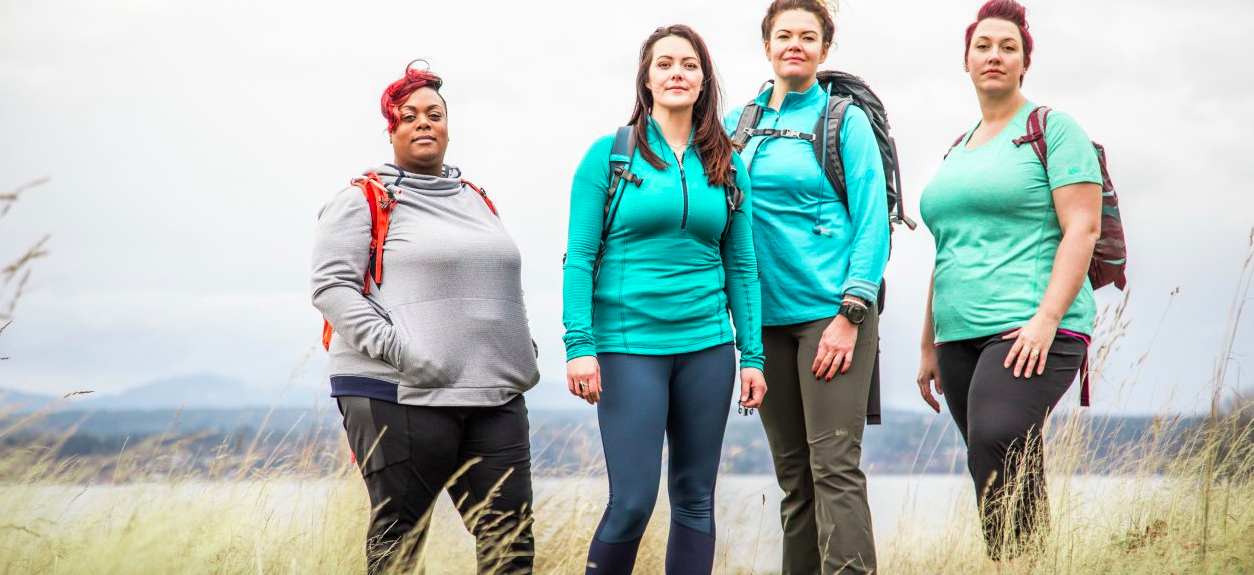Growing up in the outdoor industry, I noticed from a young age that all the “outdoor” girls featured in the magazines that my mom brought home from work were three things: thin, fit, and exceptionally attractive. Like most middle school girls, I felt uncomfortable in my own body. I looked at those magazines—which were intended to be aspirational—and instead felt intimidated.
My stomach wasn’t flat enough. My arms were much flabbier than the girls I saw in outdoor catalogs. My thighs were thicker than the women hiking up steep mountains. The women in catalogs and ads somehow looked sexy while covered in sweat, their tiny bodies hanging off rock faces, diving into pristine, faraway waters, running up steep mountains. These images made me anxious. I wanted to participate in these activities, but I knew I wouldn’t look like these women in their tight-fitting outdoor clothes.
I implore outdoor brands to ask themselves: How can we, as an industry, change unrealistic body expectations for young girls and women? Our marketing is contributing to eating and exercise disorders.
And I know that it’s true, because it happened to me.
The Outdoors Can Be the Antidote to Eating Disorders
While the obesity crisis is regularly in the news, here’s one alarming stat that you might not know: every 62 minutes at least one person dies of an eating disorder. And anorexia has the highest mortality rate of any mental illness. According to a study by the school of medicine at University of North Carolina at Chapel Hill, “75 percent of women report disordered eating behaviors or symptoms consistent with eating disorders. Three out of four women have an unhealthy relationship with food or their bodies.”
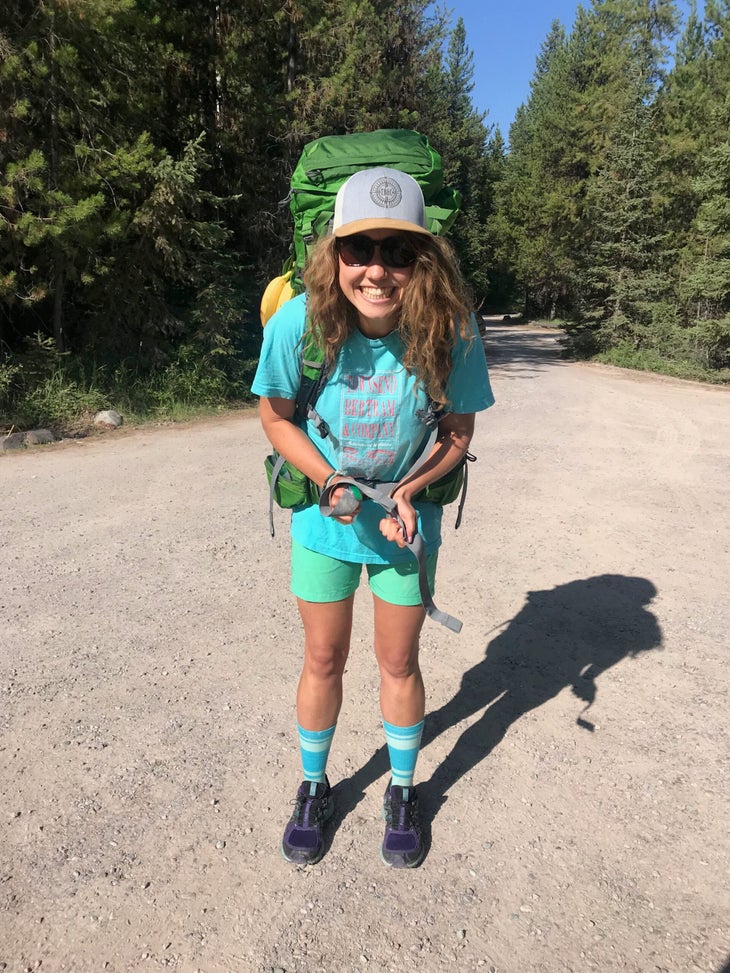
As a woman in recovery from an eating disorder, I want to use my voice and experience to help other young women see the outdoors as a safe space to begin transforming their relationships with their bodies. Our industry has the potential to be a world leader in changing the definition of “beauty” in our world. The outdoors is for everyone, so why are we not showing every body type out enjoying nature?
While more and more research shows the positive effects of the outdoors on mental health and wellness, we must ask ourselves, is our marketing as an industry fueling unhealthy expectations around body image and weight?
The outdoor industry’s heart is in the right place with the desire to encourage active, healthy, outdoor lifestyles. But the aspirational ambassador photos that adorn all our marketing materials fuel body shaming that can have lasting negative effects.
If I experienced body shaming as a young woman with two great role models in my parents who were immersed in the outdoor industry, I wonder how other women feel when flipping through outdoor magazines, scrolling Instagram accounts, and clicking through brand websites? The line between aspirational and exclusionary is far thinner than our industry recognizes.
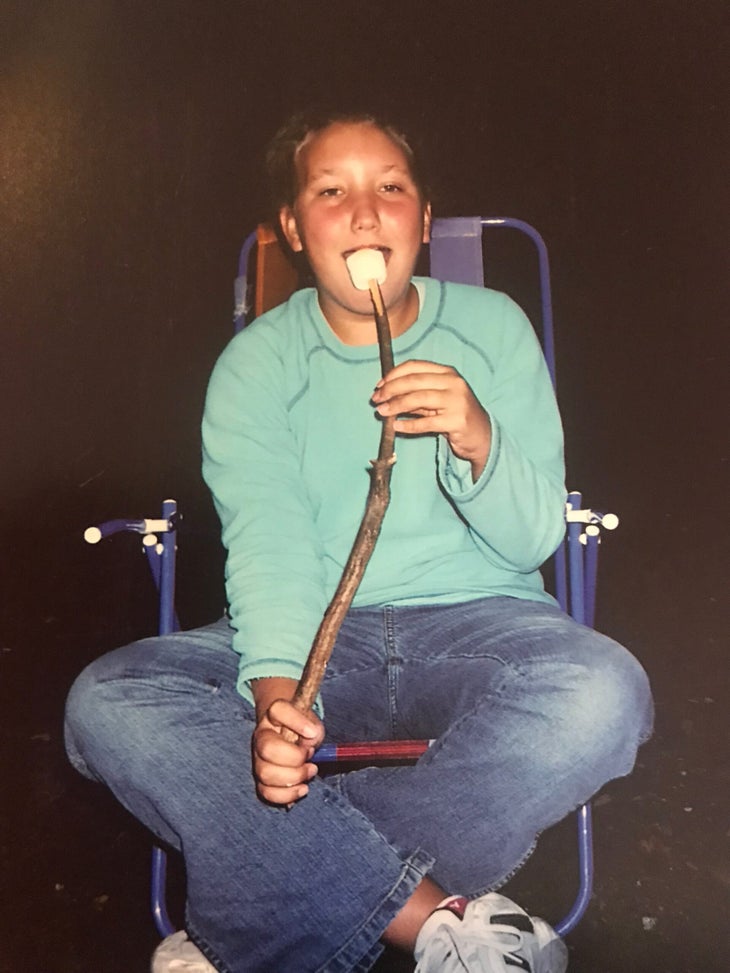
The outdoors can be the antidote to body insecurity. It was through outdoor activities that I found gratitude for my body. Hiking, kiteboarding, yoga, surfing, and trail running has always made me feel good. I began to shift my perspective from “Am I thin enough?” to “Look at all the activities my body allows me to do.” Our marketing has to show all body types before we can expect people of all sizes to see the outdoors as a space for healing their relationship with their bodies.
Marketing Materials Matter: How Brands Can Help, Not Hurt the Cause
Aside from making their marketing materials reflect diverse body types, brands can also make clothing that fits all body types. I cringe when someone comes into Townsend Bertram & Company and I can’t find clothing that fits them because they are not lean and athletic. Even XL sizes for many outdoor brands are simply not that large.
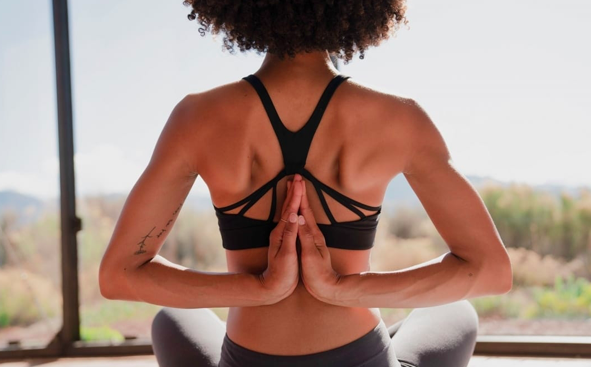
While I was excited to see prAna come out with extended sizing for spring 2019, its marketing does not align. PrAna’s models are thin, perfectly fit, flat-bellied ladies. While Patagonia has diversified the activities featured in its catalog for 2019 to showcase more accessible outdoor adventures, like a group of friends on a boat and women doing yoga, its models and ambassadors have the perfected physiques that are unrealistic to most of us.
I commend Patagonia for creating a more realistic size structure in recent years to make its clothes more accessible, and I want to see these changes follow in the company’s brand imagery.
Merrell deserves a big shout for being one of the best in our industry right now. Ambassador Mirna Valerio is a beautiful, strong, curvy woman who has a more relatable body type to their average consumer. Mirna is the kind of model I want to see in more outdoor imagery.
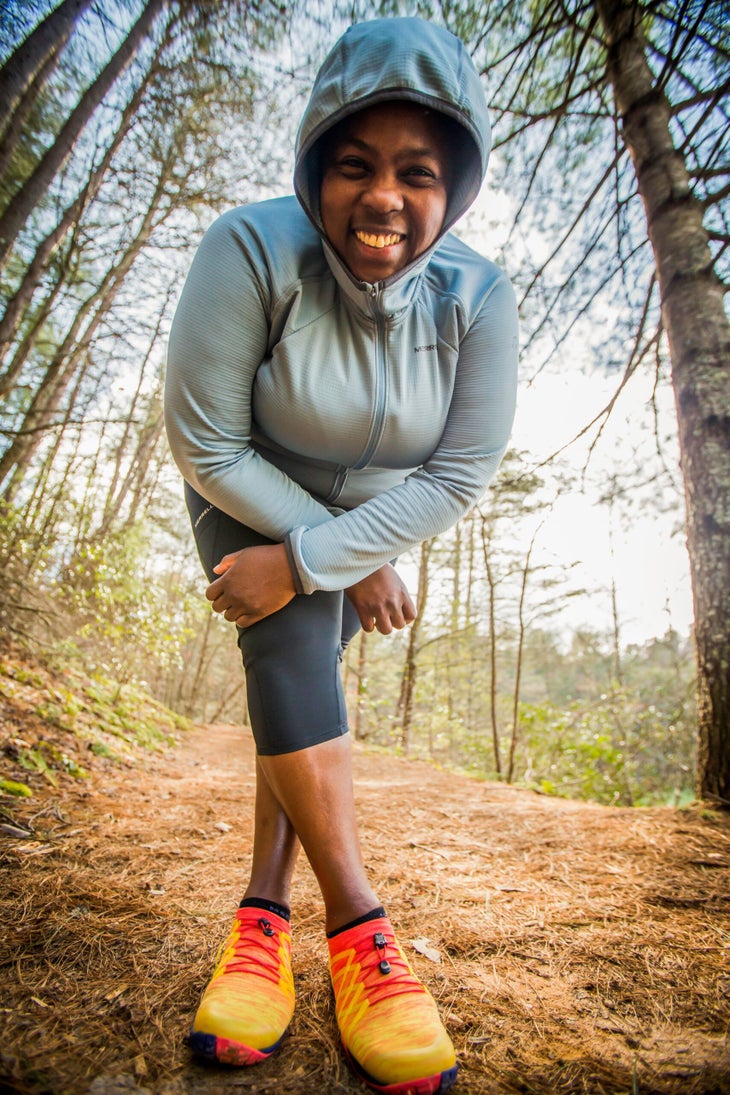
Texture is a women’s outdoor brand that does an incredible job with body diversity in their marketing. When I interviewed founder Teresa Remple last year for The Glass Top Counter Blog she said her mission is, “to treat other people and myself with loving kindness.” Her brand imagery reflects this: she uses models of all shapes and sizes. Brands like Texture can change how women feel about their bodies.
REI’s Force of Nature campaign exemplifies the shift I would like to see reflected in our industry. Showing all types of women in their marketing models a commitment to accessibility. The effort to diversify imagery is the first step to diversifying the outdoor adventure community.
TB&C stopped using content from brands last year. We create our own imagery in house to ensure our marketing reflects our local community. When brands show more diversity in body size and shape we may reconsider our stance.
These are just a few examples I’ve noticed. There are certainly other brands that are working to diversify the body images they project, but I want to encourage every brand to keep working on it. There’s plenty of room for buff, fit outdoors models, but adding more imagery representing more relatable body types will help us, as an industry, embrace people that struggle with their own body image.
What if the outdoor industry made it our mission to inspire women to love their bodies?
What if the outdoor industry could change the way our culture views beauty?
What if our industry could save lives by helping to reduce the obesity and anorexia epidemics plaguing our country?
As a woman who has spent four years healing my relationship with my own body, I want to support and invest in brands that make clothing to fit all bodies, brands that use real women in their marketing, and brands that promote outdoor activities that all people can do instead of the most extreme ones.
���ϳԹ��� of work, I want to share my own struggles so that other woman can feel more comfortable voicing their body image challenges. Through my actions in my professional and personal life, I want to be the change I wish to see industry and in the world.
Let’s shift the paradigm one photo at a time.


